
Mobile game animations are a critical component of a successful gaming experience, but they come with their fair share of obstacles. From inconsistent frame rates to accurate collision detection, developers face numerous challenges in creating smooth and visually appealing animations.
This article explores 12 obstacles that game developers must overcome to ensure optimal performance and user satisfaction. Whether it's optimizing for limited hardware resources or maintaining cross-platform compatibility, this detailed and technical guide offers insights into the complex world of mobile game animations.
Inconsistent Frame Rates
One of the major challenges faced in mobile game animations is dealing with inconsistent frame rates. Frame rate refers to the number of individual frames, or images, displayed per second in a video game. Inconsistent frame rates can result in a jumpy or choppy animation, leading to a poor user experience.
This is especially important in mobile games, where smooth and fluid animations are crucial for immersing players in the game world. To improve user experience, developers must focus on frame rate optimization. This involves optimizing the game's code and graphics to ensure a consistent frame rate, even on lower-end devices.
Techniques such as reducing the number of on-screen objects, simplifying complex animations, and utilizing hardware acceleration can all contribute to achieving a smoother and more enjoyable gameplay experience.
Lagging Animations
Several factors can contribute to lagging animations in mobile games, but one of the most common causes is insufficient hardware resources. When a device doesn't have enough processing power or memory, it struggles to render complex animations in real-time, resulting in lag.
To overcome latency issues and improve animation fluidity, developers can employ various techniques:

Optimize animations:
Reduce the number of polygons and textures used in character models and environments.
Implement level-of-detail (LOD) techniques to dynamically adjust the level of detail based on the distance from the camera.
Employ hardware acceleration:
Utilize the device's GPU (Graphics Processing Unit) to offload some of the rendering tasks.
Take advantage of hardware-specific features like vertex and pixel shaders to enhance visual effects.
Limited Hardware Resources
The limited hardware resources available on mobile devices can pose significant challenges for developers when creating visually stunning and performance-intensive game animations. Resource management becomes crucial in order to optimize the usage of available hardware resources such as CPU, GPU, and memory.

Developers need to carefully allocate these resources to ensure smooth and responsive animations while staying within the memory limitations of the device. This requires efficient coding techniques, such as object pooling and texture compression, to reduce memory usage.
Additionally, developers must consider the impact of resource-intensive animations on battery life and device temperature. Balancing the desire for visually stunning animations with the constraints of limited hardware resources requires a meticulous approach to resource management and a deep understanding of the device's capabilities.
Optimization Challenges
Managing performance and efficiency is a paramount concern for developers when facing optimization challenges in mobile game animations. To improve animation fluidity, developers need to focus on optimizing the frame rate and reducing any lag or stuttering during gameplay. This can be achieved by minimizing the number of draw calls and optimizing the rendering pipeline. Developers can also implement techniques such as level-of-detail rendering and dynamic batching to reduce the GPU workload and improve performance.
Optimizing memory usage is another crucial aspect of optimization challenges. Developers should strive to minimize the memory footprint of their game by using efficient data structures and algorithms. They can also implement asset streaming techniques to load and unload assets dynamically, reducing the memory usage at runtime. Additionally, optimizing texture memory usage by using compressed textures and reducing the size of textures can significantly improve overall performance.
Complex Character Animations
When it comes to complex character animations in mobile games, there are two key points to consider: smooth character transitions and balancing realism with performance.
Smooth character transitions are essential for creating a seamless and immersive gaming experience, where actions flow naturally from one to another. However, achieving this level of smoothness can be challenging, especially on mobile devices with limited processing power.
Balancing realism and performance is also crucial, as highly detailed and realistic character animations can put a strain on the device's resources. Finding the right balance ensures that the game runs smoothly without compromising the visual quality of the animations.
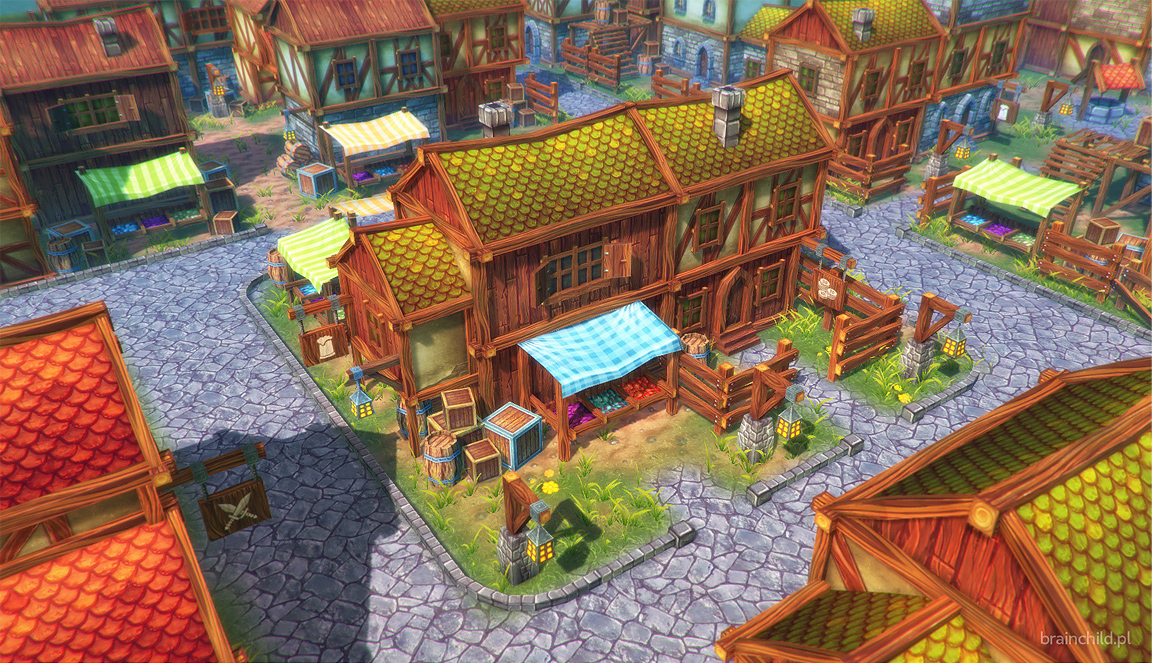
Smooth Character Transitions
Smooth character transitions can greatly enhance the overall gameplay experience by providing seamless and fluid animations in complex character interactions. This subtopic focuses on the importance of smooth movement and transitions in mobile game animations. Achieving seamless movement requires careful attention to detail and technical expertise.
Here are two key considerations for creating smooth character transitions:
Animation Blending:
Use animation blending techniques to seamlessly transition between different character movements and actions.
Blend animations to ensure smooth transitions between idle, running, jumping, and attacking states.
Transition States:
Implement transitional states to smoothly connect different complex character animations.
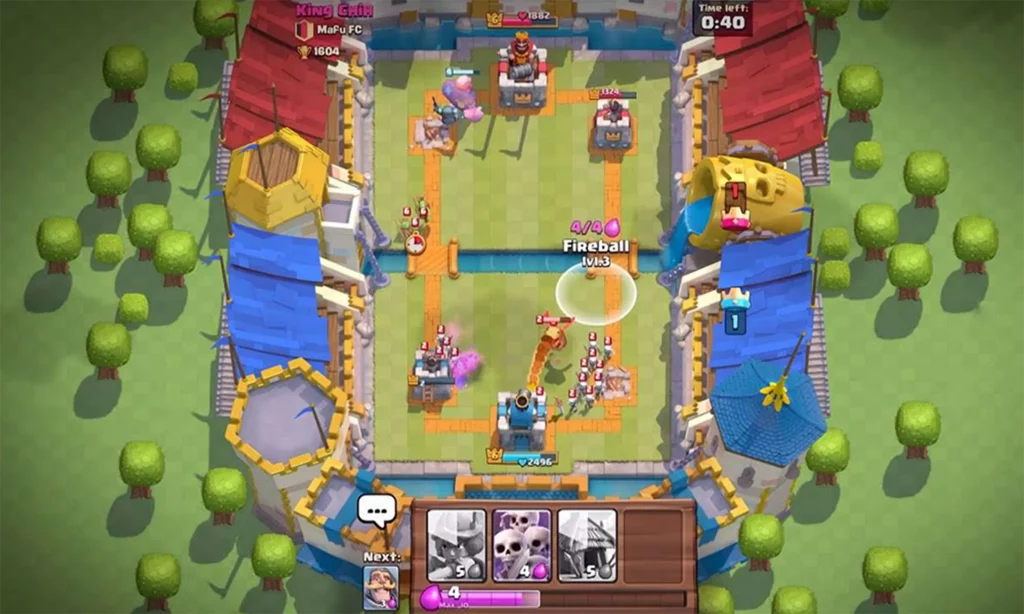
Create intermediate states that bridge the gap between two distinct animations, ensuring a fluid transition between actions.
Occasionally, game developers face the challenge of balancing realism and performance when creating complex character animations for mobile games.
The decision to opt for realistic or stylized animations depends on various factors, including the target audience and the desired user experience. Realistic animations aim to mimic human movements accurately, enhancing the immersion and believability of the game. However, these animations require more processing power and memory, which can negatively impact the game's performance on mobile devices.
On the other hand, stylized animations offer a more artistic and exaggerated representation of movement, often allowing for smoother performance on lower-end devices. Game developers must consider the limitations of mobile hardware and strike a balance between realism and performance to provide an enjoyable gaming experience for their users.
Realistic Physics Simulations
Realistic physics simulations in mobile game animations present several challenges that developers must overcome. One of the main obstacles is rendering performance, as achieving smooth and fluid animations while accurately simulating physics can be demanding on device resources.
Additionally, accurate collision detection is crucial for a realistic gaming experience, but it requires efficient algorithms and optimization techniques to ensure responsiveness.
Balancing realism and responsiveness is a delicate task that developers must tackle to create engaging and immersive mobile games.

One of the significant challenges in rendering performance for mobile game animations is achieving a high level of realism in physics simulations. This requires rendering optimizations to ensure smooth animation and realistic physics interactions.
Here are two sub-lists that paint a picture of the challenges faced in rendering performance for mobile game animations:
Frame Rate Optimization:
Balancing the number of objects rendered per frame to maintain a consistent frame rate.
Implementing level of detail (LOD) techniques to reduce the rendering workload for objects that are far from the camera.
Collision Detection:
Efficiently detecting and resolving collisions between multiple objects in real-time.
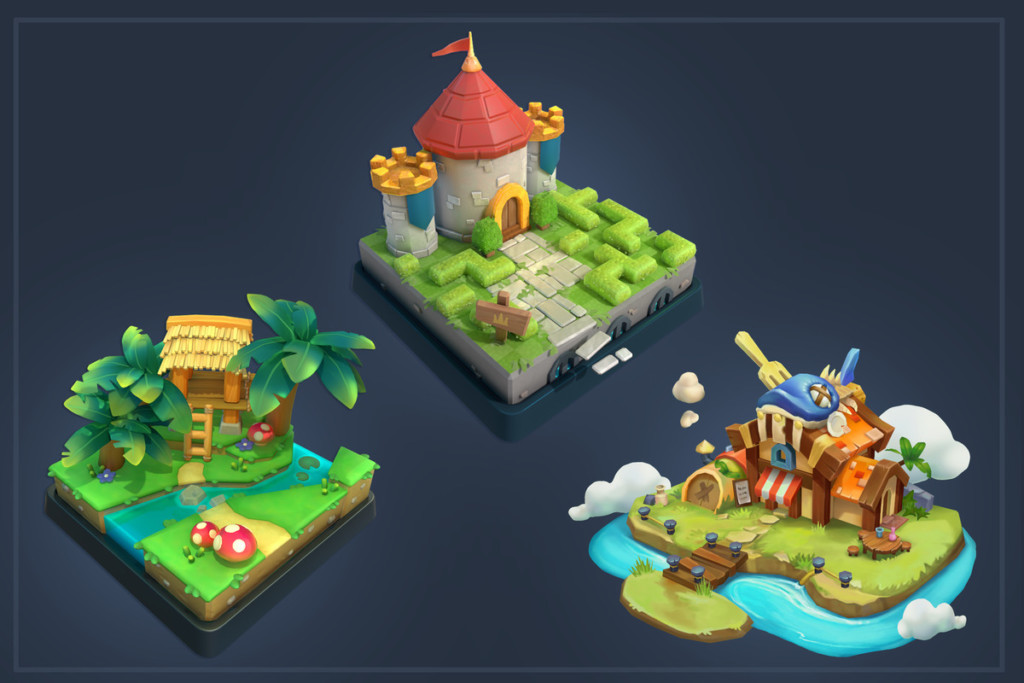
Implementing spatial partitioning techniques like bounding volumes or octrees to optimize collision detection calculations.
To achieve a high level of realism in physics simulations, developers must overcome these rendering performance challenges while maintaining smooth animation and an immersive gaming experience.
Accurate Collision Detection
To ensure accurate collision detection in mobile game animations, developers must employ efficient algorithms and utilize advanced techniques to handle complex physics interactions.
One of the key challenges in collision detection is achieving pixel perfect collisions, where the collision detection is accurate down to the pixel level. This level of precision is crucial for creating realistic physics simulations in mobile games.
Real time collision calculations are also essential to ensure smooth gameplay and responsive user interactions. Developers often use bounding boxes or bounding spheres to approximate the collision detection, as these shapes can be quickly and easily calculated.
However, for more complex and realistic physics simulations, developers may need to employ more advanced techniques such as polygonal collision detection or even use physics engines that provide accurate collision detection algorithms.
Balancing Realism and Responsiveness
Achieving a seamless integration between realistic physics simulations and responsive gameplay requires careful consideration of the balance between accuracy and performance.
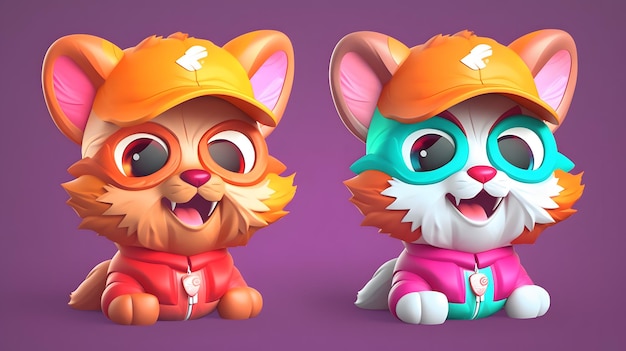
Game developers often face the challenge of finding the right balance between realism and interactivity. On one hand, players expect physics simulations to accurately represent real-world behavior, adding a sense of immersion and authenticity to the game.
On the other hand, maintaining responsiveness is crucial to ensure a smooth gaming experience. To strike this balance, developers must make graphical fidelity trade-offs. They need to carefully optimize physics calculations and rendering processes to ensure that the game runs smoothly on mobile devices without sacrificing realism.
This involves finding the right level of detail in physics simulations, implementing efficient collision detection algorithms, and optimizing rendering techniques to deliver visually stunning yet responsive gameplay.
Syncing Audio and Visual Effects
Ensuring a seamless synchronization between audio and visual effects is crucial for enhancing the overall gaming experience. The challenge lies in overcoming the audio synchronization challenges and ensuring that the visual effects timing align perfectly with the audio cues. Achieving this synchronization is important as it adds depth and immersion to the gameplay, making it more engaging and captivating for players.
One of the key challenges in audio synchronization is the latency between the audio playback and the visual effects. This delay can disrupt the immersion and cause a disconnect between the audio and visual elements. To overcome this challenge, developers can utilize techniques such as preloading audio assets and optimizing the game's audio pipeline.
Additionally, timing the visual effects correctly is equally important. Visual effects should be triggered at the right moment to reinforce the impact of the audio cues and create a cohesive experience. Developers can achieve this by carefully designing the timing and duration of the visual effects, ensuring a harmonious blend between audio and visual elements.
Smooth Transition Between Animations
Successfully achieving a seamless transition between animations is crucial for maintaining the fluidity and realism of mobile game graphics. To accomplish this, developers employ various animation blending techniques and easing functions for smoother transitions.

Animation blending techniques allow for the blending of multiple animations together, creating a smooth transition between different states. This technique involves interpolating between keyframes, ensuring that the movement and appearance of game characters and objects flow seamlessly.
Easing functions further enhance the transition between animations by adding a sense of naturalness and realism. These functions control the rate of change, allowing for gradual acceleration or deceleration during the animation. By incorporating easing functions, movements in the game become more fluid and visually appealing, providing players with a more immersive experience.
Together, animation blending techniques and easing functions work hand in hand to achieve a smooth transition between animations, enhancing the overall quality of mobile game graphics.
Accurate Collision Detection
Accurate collision detection is a critical aspect of mobile game development, ensuring that objects interact realistically within the game world.
The first point to consider is pixel-perfect collisions, which require precise calculations to detect collisions at the pixel level.
Real-time collision calculations are also important, as they allow for dynamic and responsive gameplay.
Pixel Perfect Collisions
One of the challenges faced in mobile game animations is achieving pixel perfect collisions, which requires precise collision detection methods. To achieve accurate collision detection, developers need to implement advanced collision algorithms and carefully debug any pixel collision issues that may arise.

Here are two important aspects to consider when dealing with pixel perfect collisions:
Advanced collision algorithms:
Implementing efficient collision detection algorithms such as bounding box collision or pixel-based collision techniques.
Utilizing spatial partitioning methods like quad trees or grid systems to optimize collision detection performance.
Debugging pixel collision issues:
Identifying and resolving collision detection errors, such as missed collisions or false positives, by thoroughly testing and analyzing the game's collision detection logic.
Using debugging tools and techniques, such as visual overlays or console outputs, to visualize and troubleshoot collision detection problems.
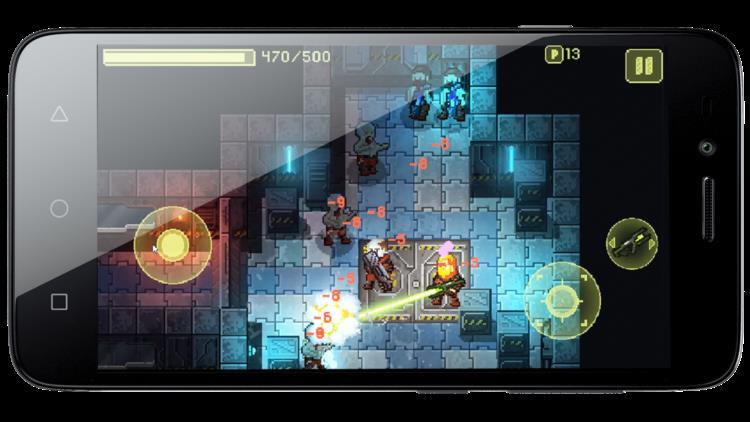
Achieving pixel perfect collisions not only enhances the gameplay experience but also adds a level of realism to mobile game animations, providing players with a sense of freedom and immersion.
Real-Time Collision Calculations
To ensure seamless gameplay experiences, developers must employ efficient collision detection algorithms and continuously optimize them for real-time calculations in mobile game animations.
Real-time collision calculations are crucial for accurately detecting and responding to collisions between objects in the game world. This involves accurately determining the point of collision, calculating the appropriate collision response, and updating the positions and velocities of the colliding objects accordingly.
Real-time collision detection algorithms use various techniques such as bounding volume hierarchies, spatial partitioning, and swept volume tests to efficiently detect collisions between objects.
Additionally, dynamic obstacle avoidance algorithms are employed to enable characters and objects in the game to navigate around obstacles in real-time. These algorithms take into account the current state of the game world and dynamically adjust the paths of moving objects to avoid collisions with static or moving obstacles.
Developers must prioritize optimization for performance by implementing efficient collision detection techniques and continuously refining them, ensuring the accurate detection of collisions in mobile game animations.
To achieve this, they need to focus on memory management and code optimization. Here are some key considerations for developers:

Memory management:
Implementing smart memory allocation techniques to minimize memory usage.
Efficiently managing memory resources by freeing up unused memory.
Code optimization:
Analyzing and optimizing algorithms to reduce computational overhead.
Using data structures and algorithms that are specifically designed for collision detection to improve efficiency.
How can mobile game developers effectively balance performance and visual quality in their animations?

Achieving smooth transitions and maintaining consistent performance are key factors in striking the right balance. To ensure smooth transitions, developers can optimize the animation sequence by reducing unnecessary frames and prioritizing essential movements. This will enable the game to run smoothly without compromising performance.
Additionally, implementing efficient algorithms for collision detection and physics calculations can contribute to both visual quality and performance. Developers should also consider utilizing hardware acceleration and optimizing rendering techniques to enhance visual quality without sacrificing performance.
Furthermore, adopting adaptive graphics settings and allowing players to customize the visual quality can provide a sense of freedom, enabling users to tailor their gaming experience based on their device capabilities and personal preferences.
Handling Multiple Animations Simultaneously
Can developers effectively handle multiple animations simultaneously in mobile games?
The answer is yes, although it comes with its challenges. When it comes to handling multiple animations, developers must consider various factors such as input delays and managing memory usage.
Here's how they can tackle these obstacles:
Handling input delays:

Implementing efficient input handling algorithms to minimize delays.
Prioritizing and processing input events in a timely manner to ensure smooth animation transitions.
Managing memory usage:
Utilizing memory optimization techniques such as object pooling to reuse animation assets.
Implementing efficient memory management strategies to avoid excessive memory allocation and deallocation.
Ensuring cross-platform compatibility is essential for seamless integration of mobile game animations and requires thorough testing and optimization. Cross-platform testing involves ensuring that the game animations function properly across different operating systems, devices, and screen sizes. This process involves checking for any compatibility issues, such as differences in rendering capabilities or performance limitations. By conducting comprehensive cross-platform testing, developers can identify and address any issues that may arise, ensuring a consistent user experience across all platforms.
Additionally, user experience optimization plays a crucial role in cross-platform compatibility. Developers must consider the unique characteristics and limitations of each platform to optimize the game animations accordingly. This may involve adjusting the frame rate, resolution, or other visual elements to ensure smooth and visually appealing animations on all devices. By prioritizing user experience optimization, developers can enhance the overall gameplay and ensure that players have a consistent and enjoyable experience regardless of the platform they are using.
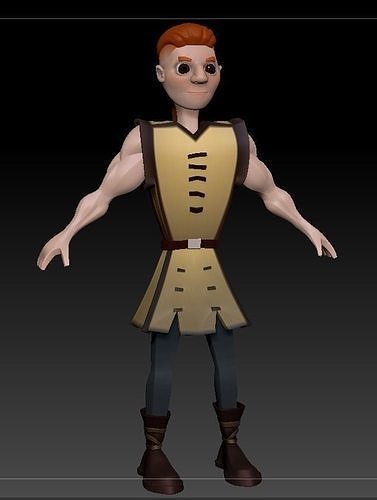
Frequently Asked Questions
How Can Developers Ensure Smooth Transition Between Animations in Mobile Games?
Developers can ensure smooth transition between animations in mobile games by optimizing animation transitions for different screen sizes and implementing gesture-based controls. This ensures a seamless and immersive gaming experience for users.
What Techniques Can Be Used to Achieve Accurate Collision Detection in Mobile Games?
Collision detection techniques are crucial for accurate gameplay in mobile games. Developers can optimize animation performance by implementing algorithms such as bounding box, pixel-perfect, or spatial partitioning to efficiently detect collisions between game objects.
Balancing performance and visual quality in mobile game animations requires optimization techniques to ensure smooth gameplay and appealing visuals. This delicate balance impacts the user experience, as a poorly optimized game can frustrate players and hinder enjoyment.
What Are the Challenges of Handling Multiple Animations Simultaneously in Mobile Games?
Handling complex animations in mobile games poses challenges in terms of optimizing animation performance. Developers must ensure that multiple animations can run simultaneously without sacrificing visual quality or impacting the overall performance of the game.
Cross platform optimization in mobile game animations can be achieved through careful consideration of animation synchronization techniques. By ensuring that animations are synchronized across different platforms, developers can create a seamless and consistent experience for players.
 Digital Art InstructionDIY Infographics DesignMobile Game ArtworkPersonalized Logo Design3D AnimationeBook Covers DesignPrivacy PolicyTerms And Conditions
Digital Art InstructionDIY Infographics DesignMobile Game ArtworkPersonalized Logo Design3D AnimationeBook Covers DesignPrivacy PolicyTerms And Conditions
